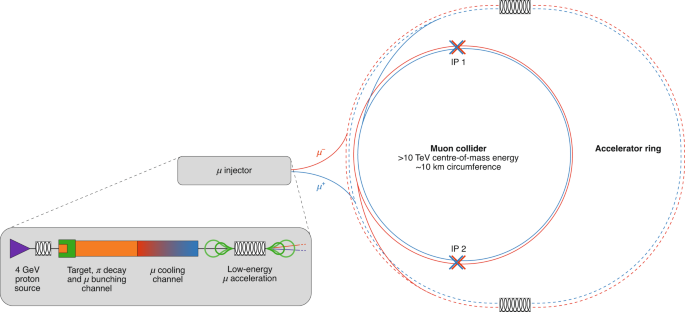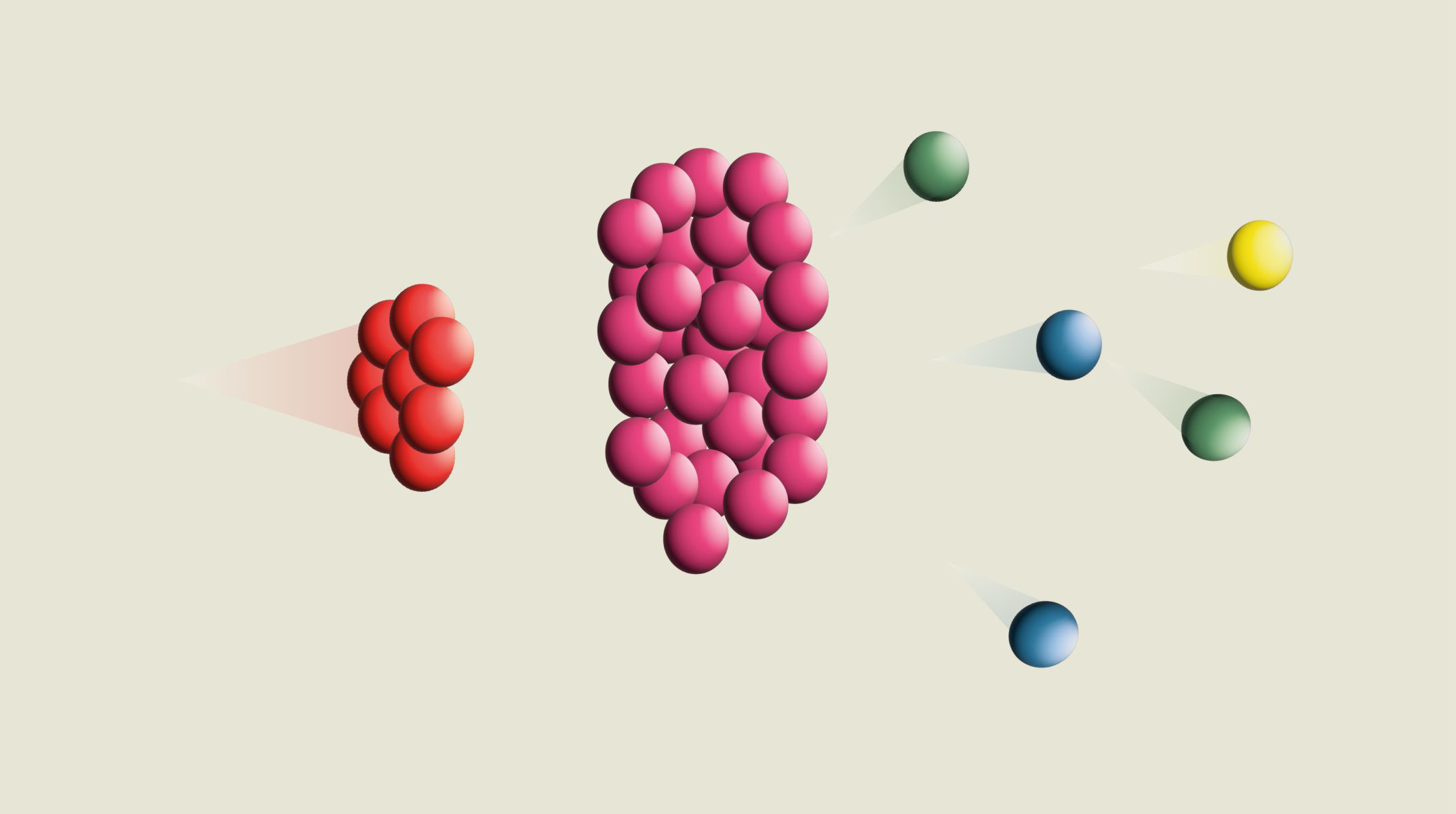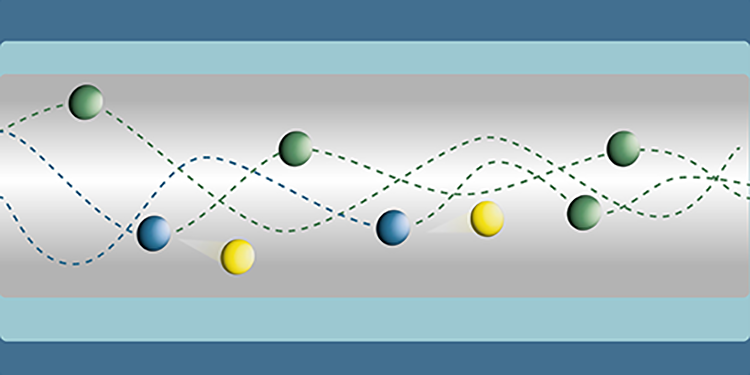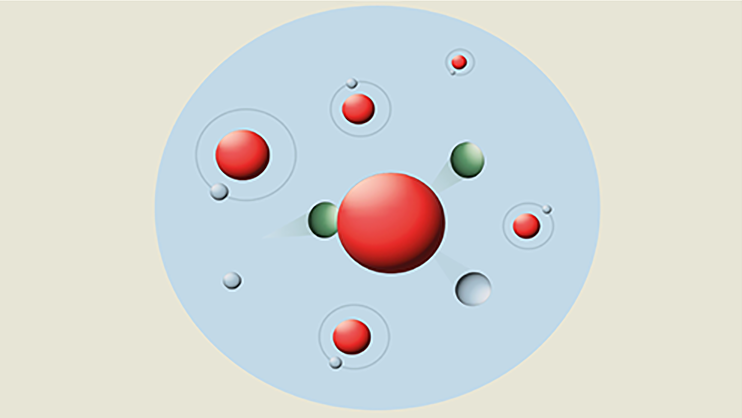
Muon colliders have a great potential for high-energy physics. They can offer collisions of point-like particles at very high energies, since muons can be accelerated in a ring without limitation from synchrotron radiation. The ultimate goal is therefore to turn a cloud of muons travelling in all directions into a dense beam in one direction. To achieve this goal, several challenges have to be overcome: For instance, the short lifetime of muons at rest and the difficulty of producing large numbers of muons in small and confined bunches to maintain a good beam quality. In addition, the power consumptions needs to be optimised to work in a sustainable fashion. These are just three of the challenges that require the development of innovative concepts and demanding technologies.
So far, a conceptual design has been sketched out that takes into account the short lifetime of the muons and other challenges, for instance the reduction of neutrino flux:

The current design concept of a muon collider consisting of five stages: the proton driver, the front end, the cooling, acceleration and the collider ring.
In a nutshell, this design consists of five parts: the proton driver, which accelerates the high beam power protons; the so-called front end, which contains the target, on which pions and muons are produced; and solenoid magnets directing the muons to the cooling station, which is the third part. Once the muon beams have the approporiate volume, they are re-accelerated in the fourth part, before the beams are injected into the collider.
In the first step, protons are accelerated in the proton driver, before they hit a target.

Collision The very first step is to collide acclerated protons (red) with a target (pink) to create pions (blue) and muons (green).
Credit: STFC, K Bernhard-Novotny
The collision between the protons (red) and the target (pink) produces pions (blue), which then decay into muons (green) and neutrinos (yellow). Neutrinos pass then out of the experiment and solenoid magnets direct the muons towards the cooling station.

Getting in shape Neutrinos pass out of the experiment, while magnets direct the muons towards the cooling station.
Credit: STFC, K Bernhard-Novotny
In the cooling station, which consists of a pair of about a kilometre-long cooling linacs, the volume of the positively and negatively charged muon beams is reduced by five orders of magnitude. Within each linac, the muons are continuously decelerated and re-accelerated in one direction to ensure a muon cooling. The cooling process is the same in each station: the muons pass through an absorber and are slowed down. In the absorber, the muons collide with the atoms of the material, loose energy during this process and slow down.

Slowing down Muons loose their energy when colliding with atoms in the absorber.
Credit: STFC, K Bernhard-Novotny
Before the muons collide with each other in the final step, they must be accelerated quickly in radio-frequency cavities due to their short lifetime. This step further reduces the width of the muon beam and is iterated until the muon beam is pencil-shape. Only if this condition is met, the muons will be injected into the collider.
